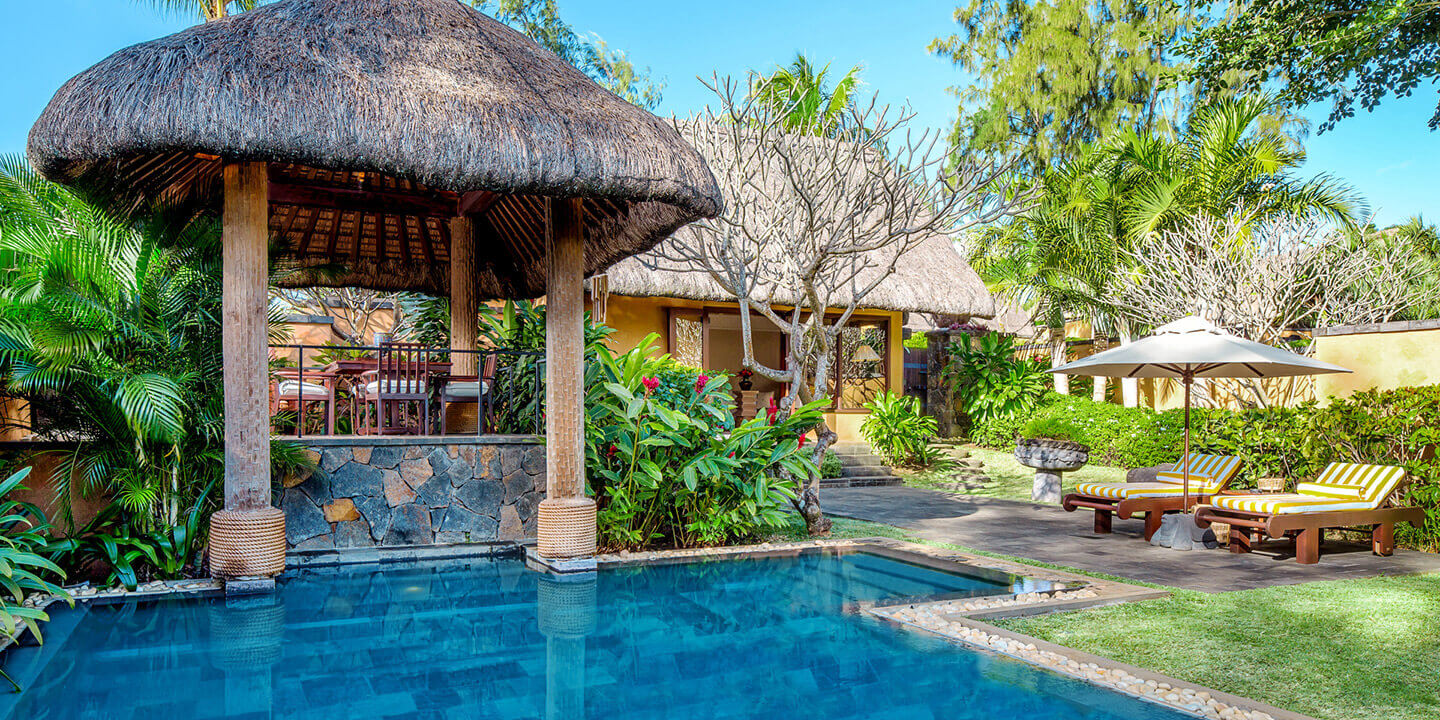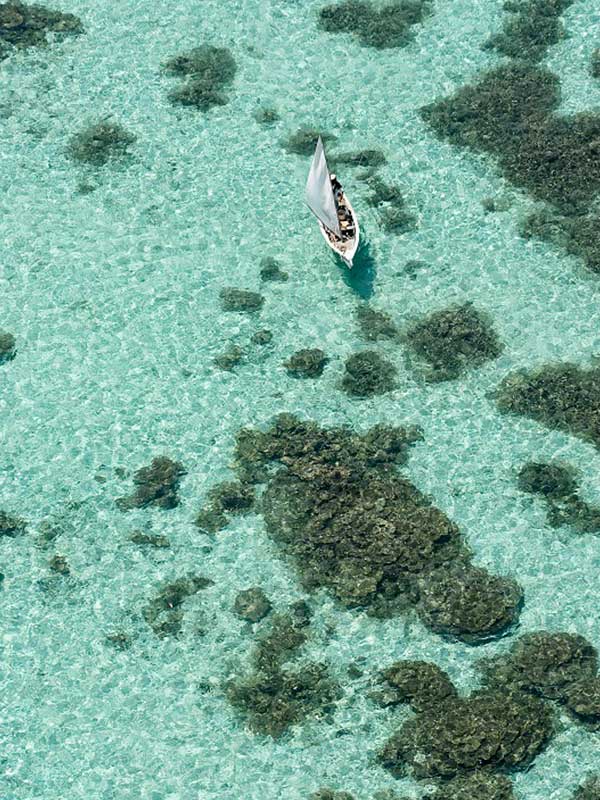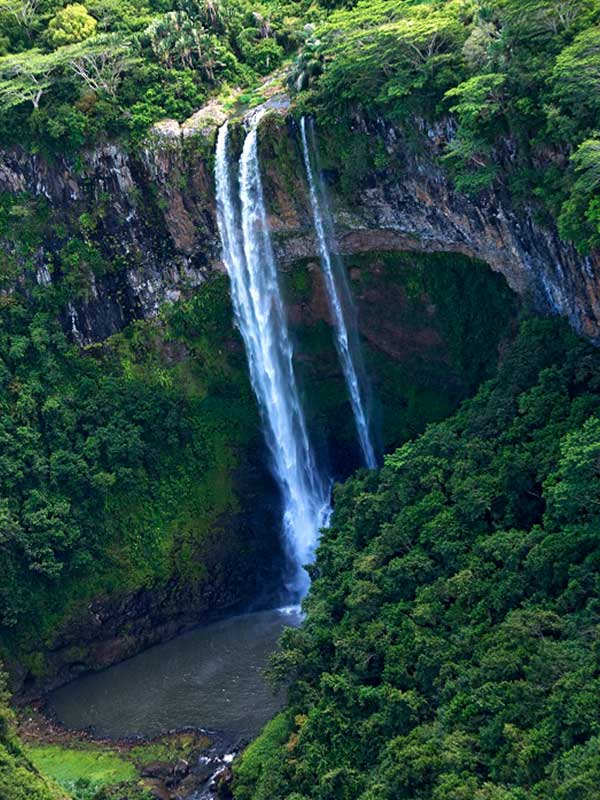BEYOND THE BEACH ON THE ISLAND OF MAURITIUS
There’s something about dusting off your best school French that immediately gives you the impression that a good holiday is looming. But rather than pacing the streets of Paris in your favourite all-black outfit, in this case, practicing your irregular verbs means a trip to the picture-perfect turquoise seas of the Indian Ocean.
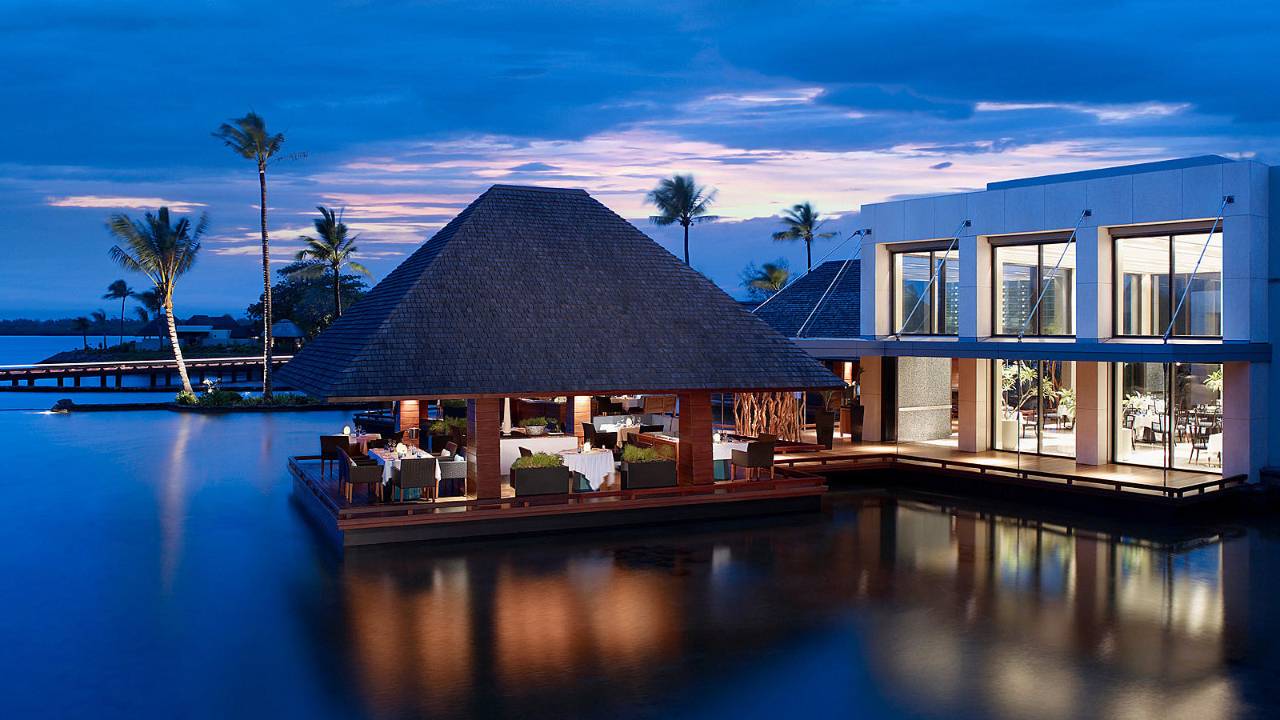
The tropical island of Mauritius, once famous for pirates, is now known for glamorous hotels, pink beaches and wild jungle backdrops. But although the island of has been visited by people from the Arab and Sub-Saharan African worlds since the Middle Ages, it remained uninhabited until the Dutch established a colony in 1638, followed by the French in 1710 and then the British 100 years later.
![Mauritius coastline [Photo: Mauritius Tourism]](https://www.weareafricatravel.com/wp-content/uploads/2017/02/Mauritius-Sea.jpg)
Which is why any visitors to Mauritius, an island nation about 2,000 miles off the coast of Africa, need to explore further afield than piña coladas and infinity pools. (Although don’t be in any doubt that the island does those rather well, too). Unfortunately, the majority of international travellers still spend almost all of their holiday within the walls of their resort — and while the high standard of hospitality makes this a very tempting option, it is as much of a waste as eating dinner in Paris at the same restaurant every night of your trip. This is because Mauritius is a place designed for exploring, with Hindu temples, old colonial houses covered in ivy, tropical gardens, and hundreds of rare birds and reptiles.
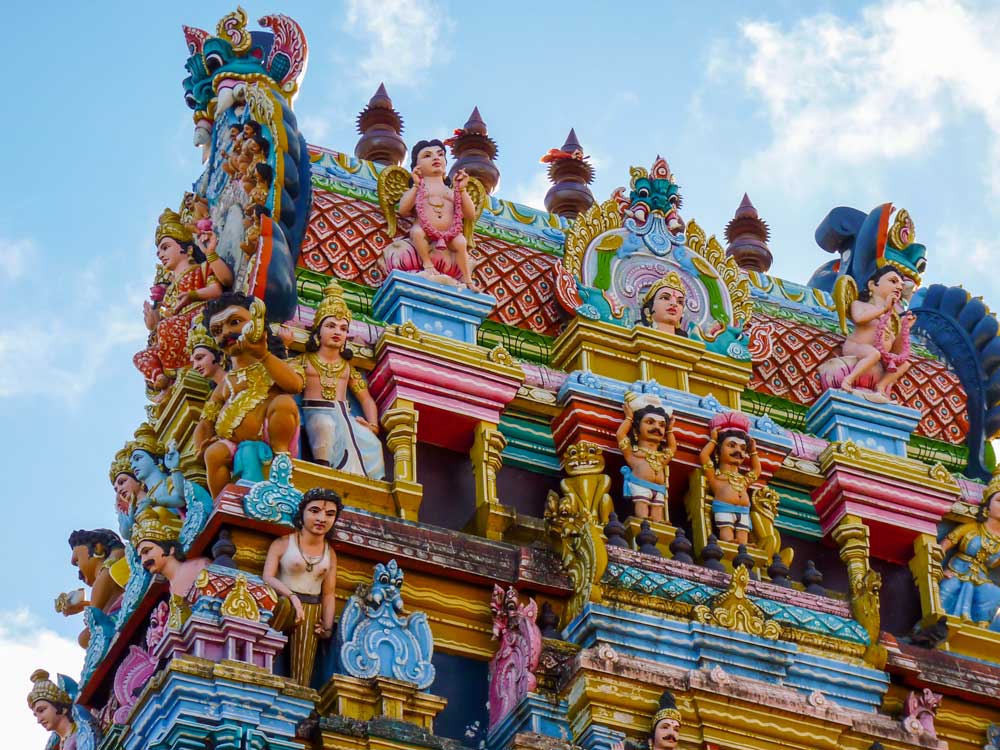
First stop, wildlife, particularly since the Mauritian government is now making a concerted effort to rehabilitate the indigenous animal population. Ever since the first Europeans landed in Mauritius, the wildlife has suffered a decline and several species have become extinct — most famously, the dodo, which died out mere decades after the Dutch introduced rats and dogs to the island.
Happily, for the last two decades, there has been a concerted conservation effort put in place to change the fates of already endangered birds such as Mauritian kestrels, pink pigeons (distant relatives of the Dodo), seabirds, reptiles and Mauritian fruit bats. And it is working: in 2004 there were only four kestrels known to be in the wild – now there are over 2,000. And most impressive of all, Mauritius and the neighbouring island of Rodrigues have now saved more bird species than any other country in the world. The National Park and the Casela Nature and Park are the best places for twitchers, although any drive around the jungle heart of the island should give you hundreds of chances to get your binoculars out.
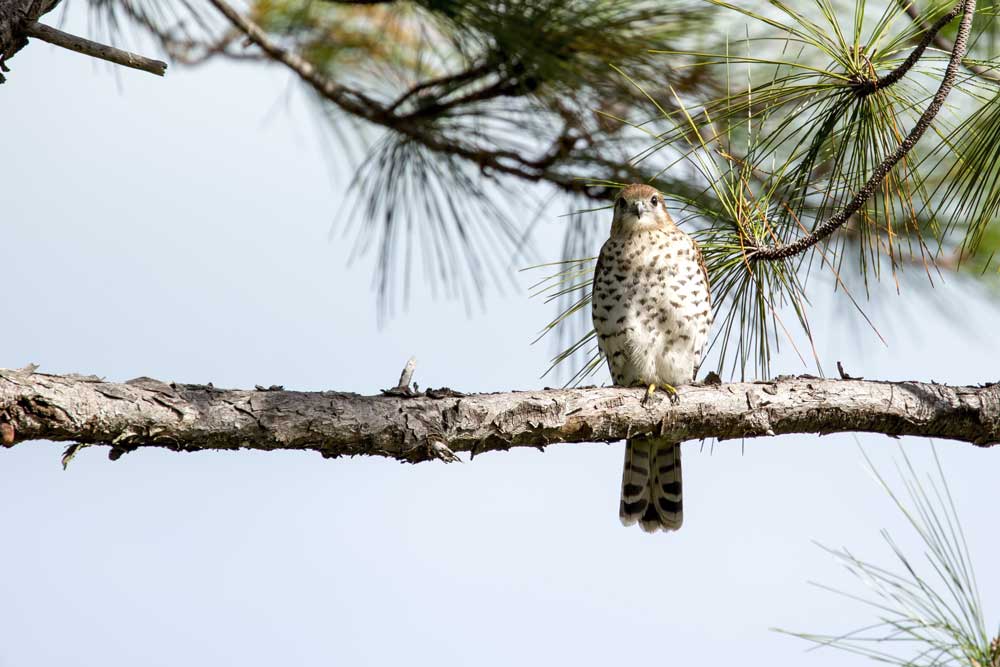
As well as bird life, there is a thriving reptile community. Mauritius once held more unique reptile species than anywhere else in the world. This is because it because was an island without mammals, which allowed cool-blooded animals to flourish, including giant tortoises and hundreds of species of snakes and lizards. Nearly half of them were wiped out by the arrival of man, but conservationists are working tirelessly to bring the rest back from the brink of extinction — not least because the entire local ecosystem depends on their survival. And it is impossible not to fall a little bit in love with giant tortoises that pad across the extraordinary Isle aux Aigrettes and the hundreds of coloured lizards climbing the walls of most buildings.
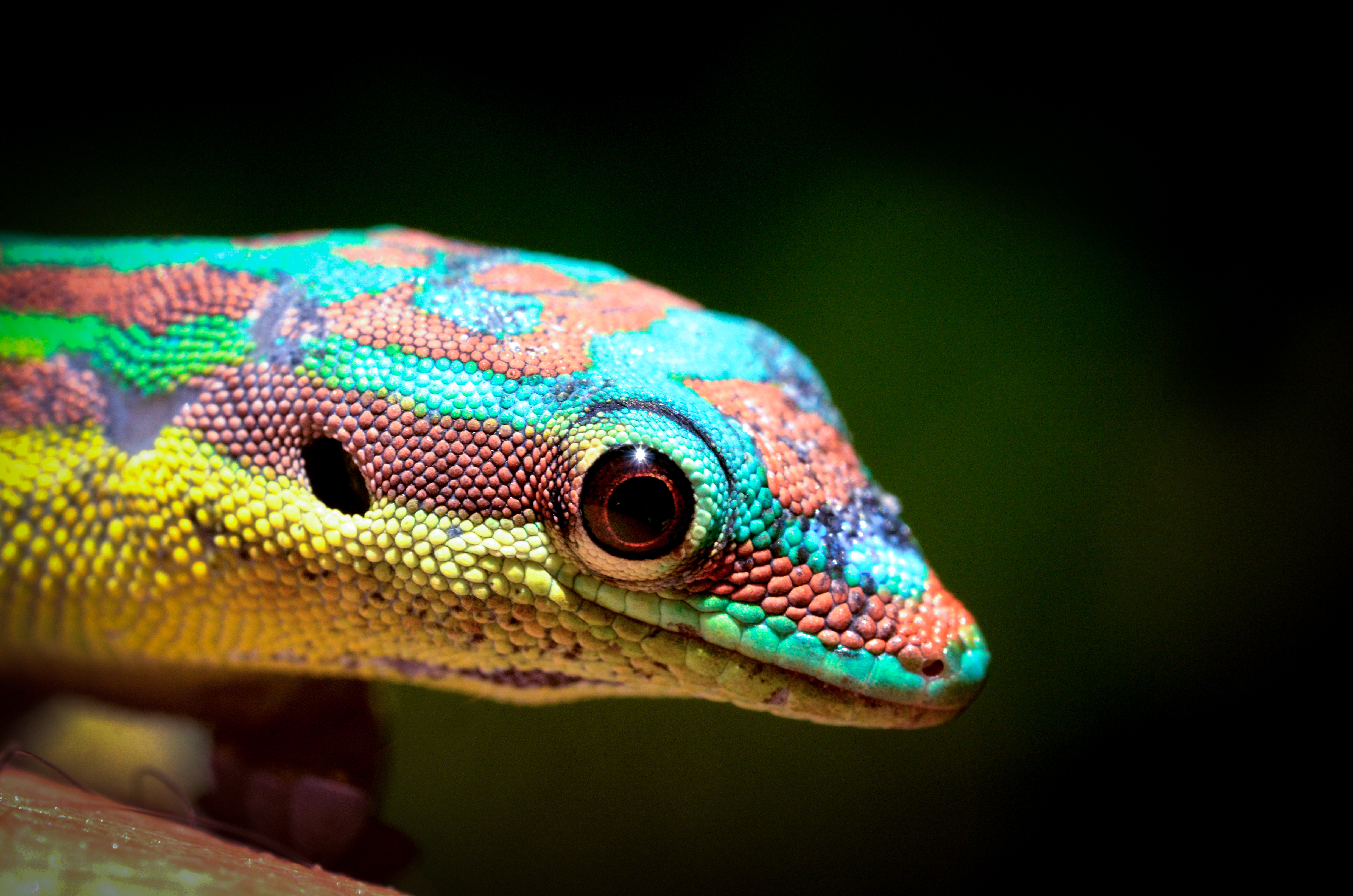
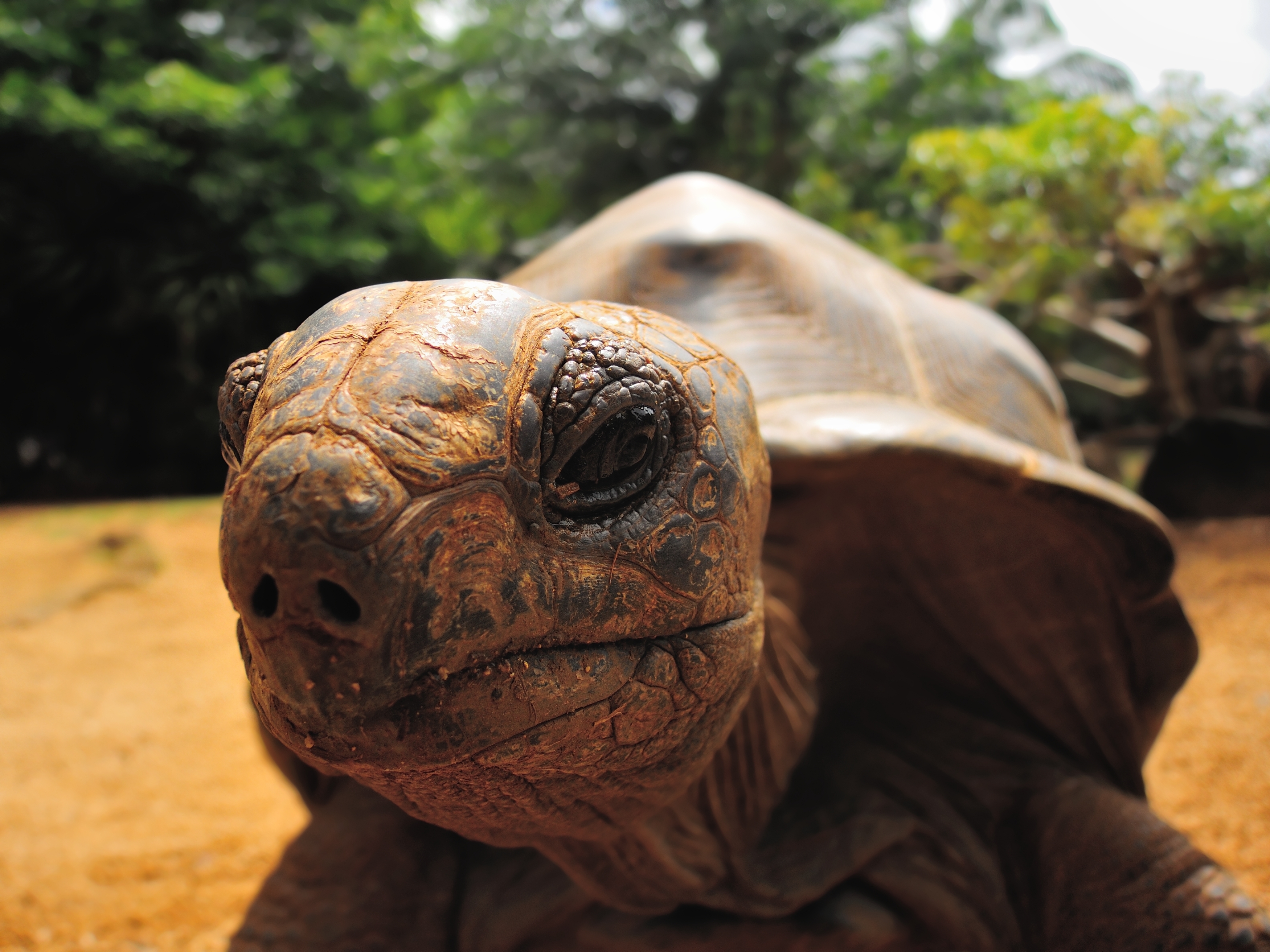
But what about some of the good things humans have brought to the island? First of all, there is a strong history of cuisine, which is a flavour-filled mixture of Malay, Indian, Chinese and French cooking. And more often than not, you’ll find a dash of sugar added to most recipes — if you like the sweet stuff, then Mauritius is the place for you. Sugar has long been the mainstay of the Mauritian economy with sugar farmers all but running the island for decades and hundreds of lush sugar farms dominating the heart of the country.
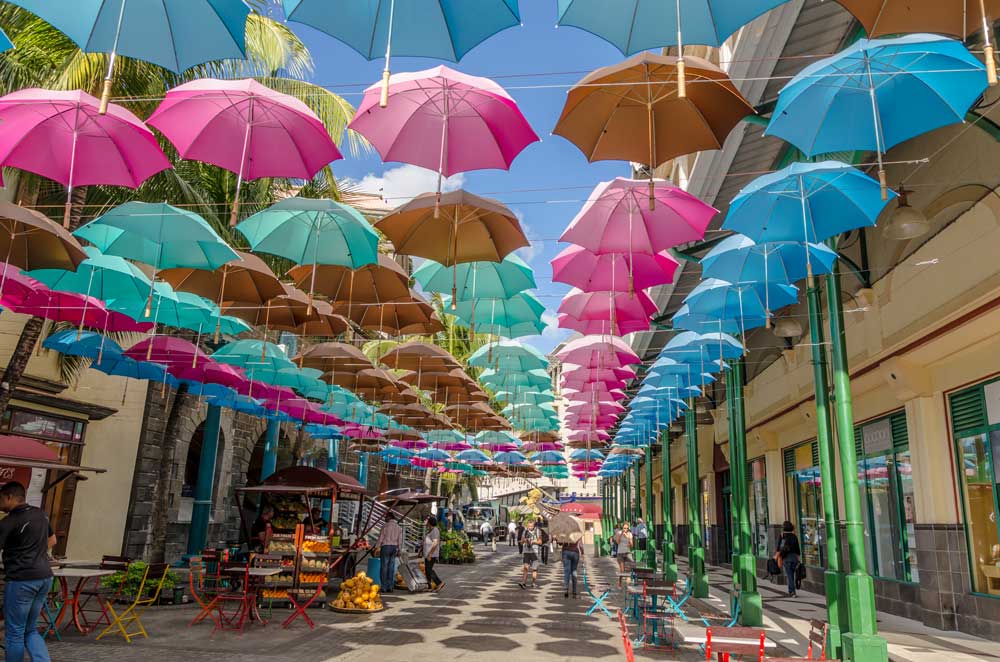
And then there is Port Louis, a pretty colonial town filled with museums, mosques, temples and churches as well as vibrant bars and restaurants. Or Mahebourg, the colourful ancient capital, built on the site where the Dutch first landed in 1598 and filled with old-fashioned European cafes and restaurants and a pretty pink-paved waterfront in front of the bay.
Because really, with all this on offer, even the most beautiful and relaxing of hotels isn’t tempting enough to ignore the rest of the island for. It was writer Mark Twain who said: “You gather the idea that Mauritius was made first and then heaven was copied after Mauritius.”
